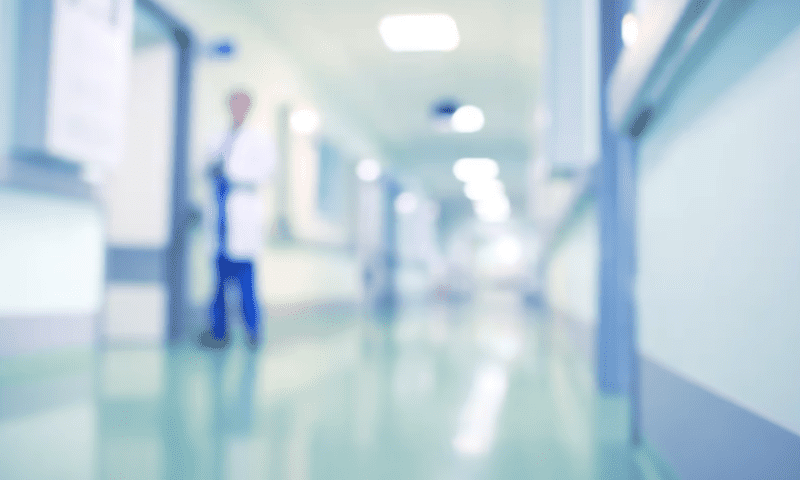GE Healthcare is rolling out a set of wireless, portable sensors designed to be worn by patients during their hospital stay, making it easier for clinicians to keep track of their vital signs without routine check-ins.
The goal is to help keep a closer eye on inpatients and people recovering from surgery—while allowing them to stretch their legs and interact with visitors, without being confined to a hospital bed—and also alert healthcare providers to any early signs of deterioration that may require a move to intensive care.
The Portrait Mobile system includes a waterproof, smartphone-like mobile monitor, which collects information from wearable sensor patches that capture the patient’s breathing rate, pulse and oxygen saturation.
Designed to complement GE’s portfolio of wired, bedside vital sign monitors and telemetry devices, Portrait Mobile has received a CE Mark for use in Europe but has not yet been cleared by the FDA.
GE estimates that about 65% of hospital patients are monitored manually and not continually, with nurses and physicians performing spot-checks every four to six hours. That includes more than 90% of patients who are recovering from an acute procedure, where opioid painkillers can lower a person’s rate of breathing and pose a major safety concern.
Remote monitoring technologies made strides during the pandemic, with the FDA expediting green lights for wireless sensors that could help cut down on the number of interactions between patients and providers and lower potential exposures to the coronavirus.
But even before COVID-19, medtech companies have been working on ways to separate the hospital patient from the nest of wires and patches tied to screens and beeping machines that are ubiquitous in today’s wards.
That includes truly contactless hardware, with FDA granting clearances last year to systems that can measure a person’s vital signs using radar sensors and optical cameras.
The U.K.-based Oxehealth employs a camera placed on the ceiling that can detect a person’s breathing rate and pulse. It’s designed primarily for nursing homes and long-term care facilities and as a way to automatically detect falls and injuries.
Meanwhile, Xandar Kardian aims to deliver a radar-powered monitor that uses about the same amount of energy as a strong WiFi connection, via a small white dome mounted on the wall over the bed frame.

